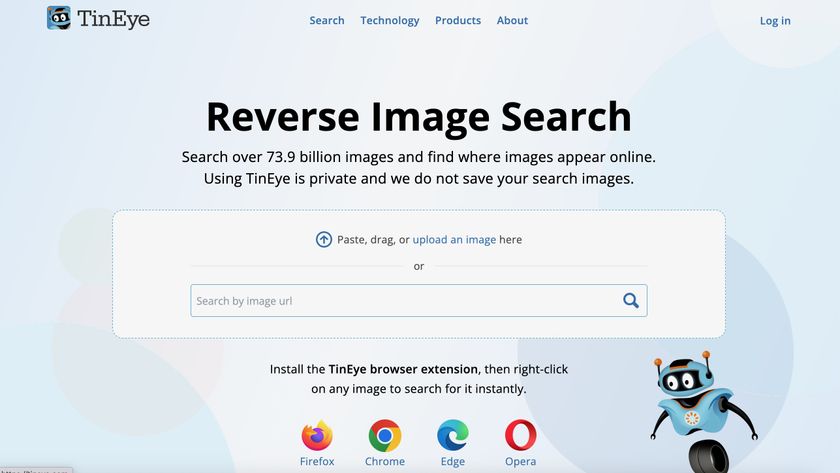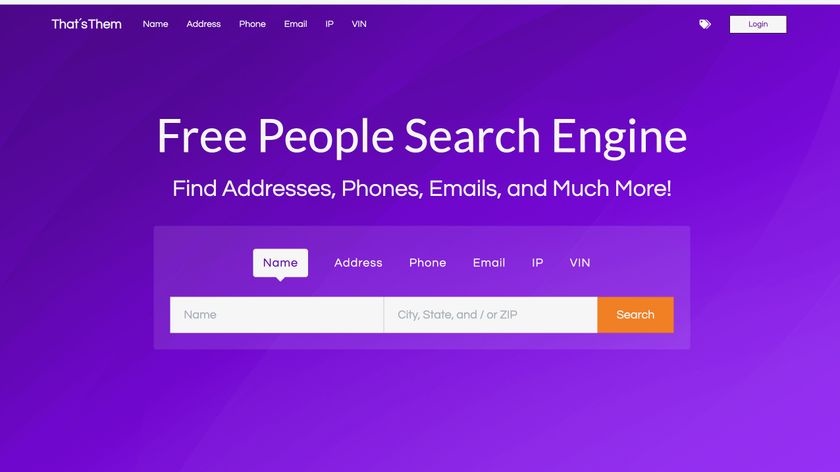Seven changes to a CRM for business that drive customer growth
Grow and attract customers with a CRM for business

Customer relationship management (CRM) software is central to running and growing a successful small business. Putting the customer at the heart of everything you do means that every client communication, product sale, or service provision is based on their needs.
When you’re looking for the best CRM software, it’s important to think about your growth strategy. Customer-focused, relationship-driven growth is essential. In a self-service, always-online, extremely competitive marketplace, personal attention matters. We all want to connect with businesses that care, and a CRM lets you add a personal touch to every interaction.
How are you going to leverage your CRM insights into changes you can make to improve revenue and profitability? There are several strong reasons to invest in a small business CRM. Once you’ve made a commitment, how do you use this powerful tool to actually grow your business?
We’re glad you asked.
1. Create a CRM baseline for your current customers and sales processes

If you want to grow your small business through a CRM, you need to know where you’re growing from. Getting measures in place helps you build a baseline of what’s happening right now. That’s a great starting point—you can make changes to your CRM process, and track how those improvements affect your success factors.
- Go through your CRM reporting and identify the metrics that you can include in your reporting
- Talk to your sales and marketing teams to create a series of “success factors”, and map your CRM metrics onto each one
- Some success factors will be universally important, like customer conversion rates at each step of the sales process; other metrics will be specific to your business
- Make sure that the CRM metrics you’re capturing reflect the most important, revenue- and customer-driving factors of your products, services, and relationships
- Build CRM reports that bring together your metrics and tie them back to customer success factors
- Test the data in your CRM reports—how it changes over time, and what your baseline looks like right now
- Create a set of CRM data that’s a fair representation of “good enough” in your business—the baseline for keeping the lights on, and ensuring you have enough customers to meet your basic business needs
- Confirm your success factors, metrics, and baseline with senior management, your sales and marketing teams, and any other key stakeholders
- Set this baseline as your starting point—you’ll be using this to track how things improve due to the changes you’re making
You’ll need to decide how deep and detailed you want to get with your baseline CRM metrics. We recommend focusing on high-level measures to track how your business is doing as a whole, and then drilling down into detailed metrics to track successes based on specific changes you’re implementing. For example, you might baseline and track your visits to the website from email when you’re making changes to your customer email messaging.
2. Understand the CRM areas that lead directly to customer and business growth
CRMs cover an increasingly wide range of activities, and it can be difficult to know where to begin. We recommend focusing on the activities that meet one or more of the following business goals:
Are you a pro? Subscribe to our newsletter
Sign up to the TechRadar Pro newsletter to get all the top news, opinion, features and guidance your business needs to succeed!
- Getting your products and services in front of more customers through your marketing and promotional efforts
- Informing and educating customers about your products and services, and how you can meet client needs and solve their problems
- Optimizing your sales processes to drive higher conversions and increased revenue through interacting with customers directly
If you have an interest in marketing, you’ll see all of these as part of the marketing and sales funnel. Optimizing this funnel is one of your most important goals as a business, and your CRM for business has a huge part to play. Getting marketing and sales right directly leads to more customers—and, critically, higher revenues.
3. Prioritize small business improvements to increase customer awareness, understanding, and revenue

Each of the above areas breaks down into multiple drivers of business growth. You’ll want to prioritize one or two of these areas at a time to grow your business. Any more than that, and you’re likely to spread your resources too thin, and you won’t be able to track the changes that create the biggest improvements. Examples of priority areas might be:
- Optimizing your website to drive the user towards your “Call to Action” pages
- Testing different variations of your advertising materials to see what attracts the most click-throughs
- Incentivizing potential customers to sign up to your email list
- Tracking user behavior as they interact with your website articles and other content
- Persuading customers to enter their details into a website form or contact your sales department
- Refining individual parts of the sales process to maximize the chances that customers will move on to the next phase
Your business's CRM will let you measure how things are currently working, make the changes you need to, and track improvements with your data. That’s the power of a good CRM for business: every part of what you do can be defined, baselined, measured, improved, and tracked. You can see what works, lock in those changes, and refine them further.
These are the prerequisites to CRM improvement—understanding how things currently are, identifying changes, and prioritizing the changes you want to make. Now, it’s time to convert all of that good intent into CRM actions and improvements. You can focus on the activities that will maximize growth in customers, revenue, and profits.
4. Use CRM to build trusted communications with your customers
Customer relationship management is all about the interactions and communications you have with clients. Sometimes, these are indirect—a promotion that speaks to a type of reader, or what a visitor learns through browsing your website. Sometimes they’re direct—the tone of your emails, or how your salespeople follow up on specific leads.
You can build trusted communications through:
- Identifying important and specific customer needs, and speaking to those in your interactions
- Segmenting your audience in specific ways, and tailoring communications to each segment
- Testing different variations of email, telephone, social media, and other communications channels to see what generates interest
- Tracking your most effective salespeople and channels, identifying what works, and replicating this across teams and technologies
- Refining and expanding the information you capture about customers that allows for precise targeting
5. Focus on strong informational and educational content for customers

Customers are often resistant to a very direct sales approach. Instead, many will want to take the time to learn about the niche that your products and services are in, and how those types of offerings can solve their problems or meet their needs. Your CRM can bring together data on the type of questions your potential customers are asking, and help you create interactions and content that builds connections and wins sales.
You can boost your informational and educational content through:
- Identifying the types of people who are interested in your products and services, and the stage they’re at in the buyer journey
- Reviewing how visitors currently get information on your products and services, for example through a knowledge base, support guide, or blog articles on your website
- Exploring your CRM, customer communications, and customer service records to identify common questions or issues from customers
- Seeing if there’s a gap between the information you’re already providing and the questions customers have
- Creating new content that addresses those gaps and makes it easy for customers to learn what they need
6. Optimize and split-test your business CRM sales process
Your CRM is the central tool your sales team will be using to guide customers through the sales process. It’s important to optimize every step of that process—from initial contact through to onboarding, and all the interactions you have with clients.
One of the most effective ways to do this is through “split-testing.” For each part of the sales process, a sales team member can choose to interact with a customer in one of two ways:
- In the standard way, as currently defined by your sales process
- In a different way, as part of an improvement you’re trying out
The idea is that when you’ve run enough customers through both versions of the sales process, you can see which performs best, and make that the preferred type of interaction. When you’re split-testing like this, you’ll want to change only one part of the process at a time, and just test the current baseline and the alternative. Then, you measure how many customers continue to the next stage, and optimize appropriately.
There are plenty of areas you can split-test, such as:
- How often you contact customers
- The communications channels you use
- How the process works with different audience segments
- The tone, approach, or length of communications
- The skills of the salesperson using the process
- The specific actions you want a customer to take at each step
7. Measure and optimize your CRM changes as part of continual improvement

Growing your customers and your business is an ongoing process. There will always be new initiatives, more efficient ways of doing things, and the chance to interact with customers through more powerful communications. One of the great advantages of a CRM-centered approach to improvement is that you can prioritize, measure, make changes, and optimize every part of the customer relationship.
You can take the baseline you developed at the beginning, propose some changes, prioritize what you want to do, make the improvement, and track the impact. You can use that data in conversations with your sales and marketing teams to understand any benefits and drawbacks. You integrate the stuff that works, reject the stuff that doesn’t, and rinse and repeat.
Over time, this approach of continual CRM improvement will tweak and refine all of your customer interactions. You’ll sharpen up your sales processes, perfect your interactions, and master your communication channels.
You’ll attract more customers than ever before, because your CRM for business will tell you what works. Building strong, deep, trusted relationships will become second nature. Your customers will become advocates, and you can combine your business growth with creating deep customer value.
Those are the successes that a CRM-centered approach will generate. Learn about the best CRM for small business, and go do it.
Further reading on CRM software
Make sure to take a look at our guides to the best CRM for real estate and the best free CRM software, our reviews of Freshworks and Salesforce, and our features explaining what CRM software is, and what a CRM in real estate is.
Paul is a professional writer who creates extensively researched, expert, in-depth guides across business, finance, and technology. He loves the challenge of taking complex subjects and breaking them down so they are easy to understand. He can quote 'The Princess Bride' in its entirety and believes the secret to good writing is Earl Grey tea.
























